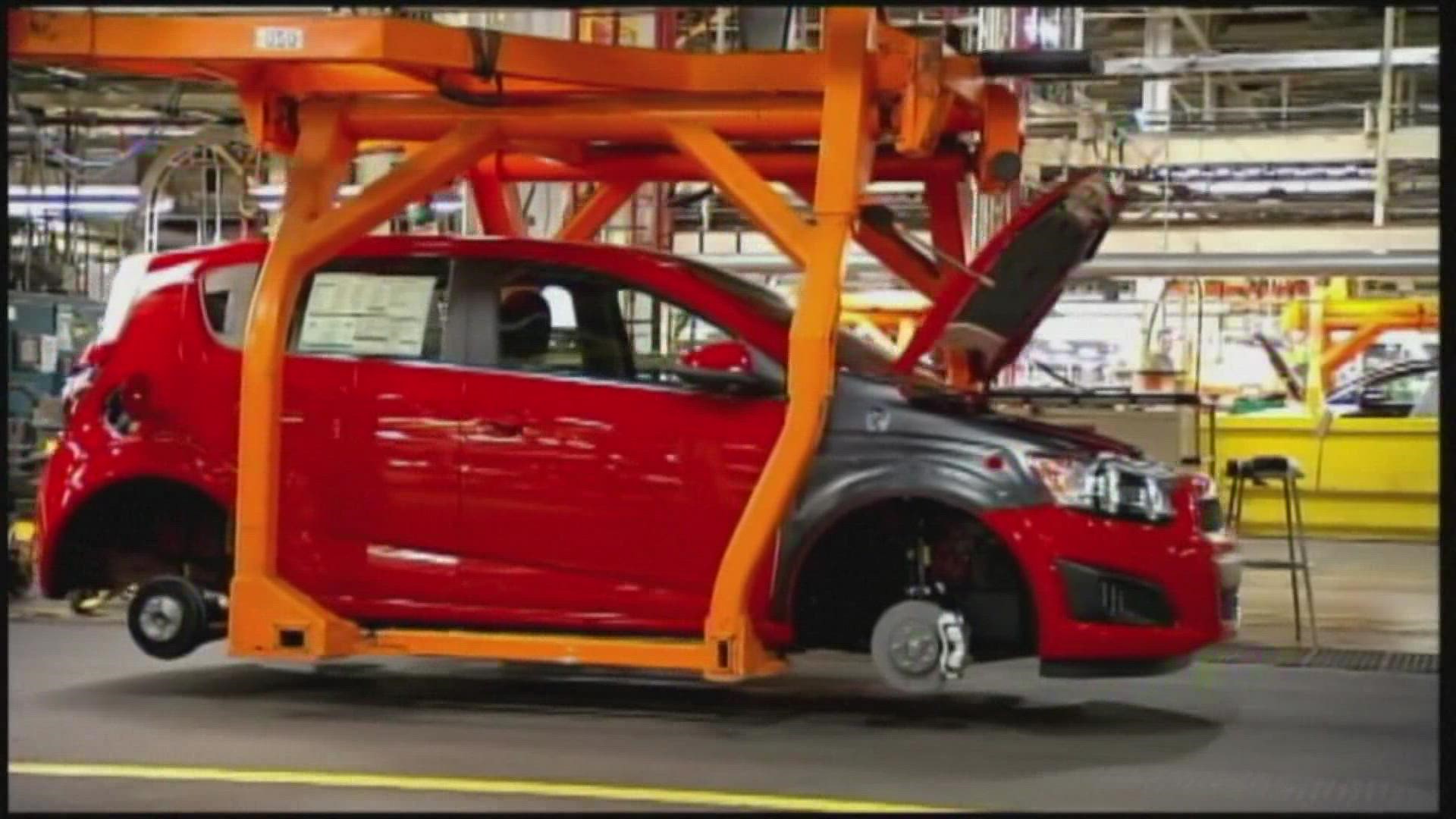The big holiday blowout is a staple of the automotive industry, but the full court press advertising campaigns and lot clearing discounts have been noticeably absent this year.
“It is really a supply chain disruption really at the crux of it," says automotive market analyst Mike Wall. He's been watching the West Michigan auto market carefully and says the culprit is a lack of inventory.
"The challenge is now with some of the additional COVID lockdowns in Malaysia and Southeast Asia are starting to impact the back room operations," he says. "The testing, the assembly, the packaging - that's heavily labor intensive."
A limited supply of semiconductors has lead to a microchip shortage, and increased prices for aluminum, steel and rubber are also making cars more expensive to produce, Wall says.
“Your days in inventory for new cars used to be 30 to 50 days," says Alex Hue, general sales manager of the Used Car Motor Mile in Grand Rapids. "Now they’re looking at six to 15 days in inventory.”
Hue's dealership is working with half their typical supply this Labor Day weekend. He says it's substantially worse for the new car dealerships, mentioning a dealer in Grand Rapids that usually stocks around 800 cars. Looking at their website on Labor Day, they had 24 for sale.
"Holidays typically are when you make the biggest push," Hue says, "but when there’s no inventory reason to make a push."
Wall agrees. He says the lack of inventory is like nothing he's ever seen, and it's going to have an impact moving forward.
"When we start to close out the year, and you see the big bows on vehicles, and then the big Christmas to remember sales," he says, "they're going to take a different tone and tenor."
Both Wall and Hue agree this car shortage isn't going anywhere. Hue says it could be as long as eight or 10 years before the industry truly recovers. Wall believes manufacturing will start to turn the corner near the end of 2023 or beginning of 2024.
Related video:
►Make it easy to keep up to date with more stories like this. Download the 13 ON YOUR SIDE app now.
Have a news tip? Email news@13onyourside.com, visit our Facebook page or Twitter. Subscribe to our YouTube channel.


